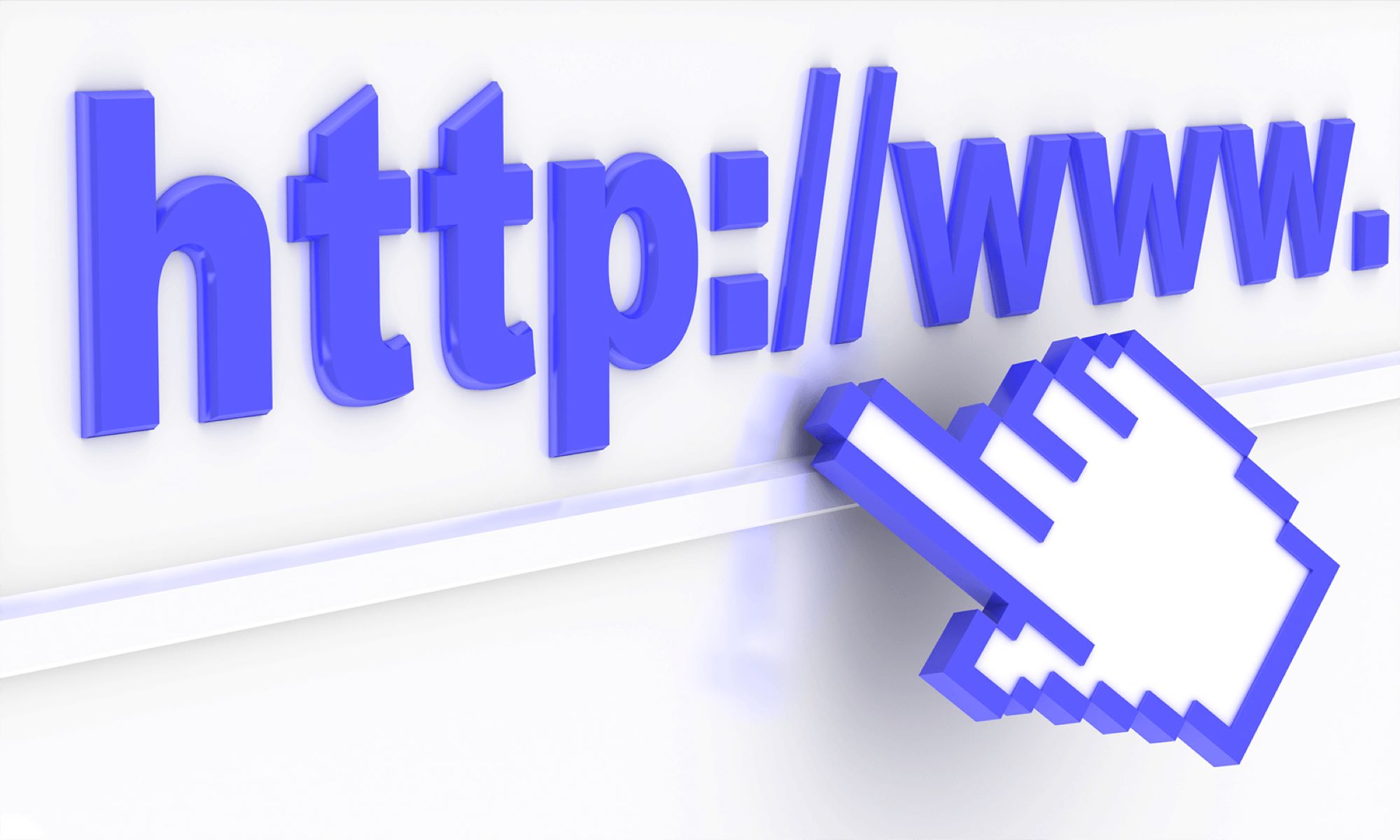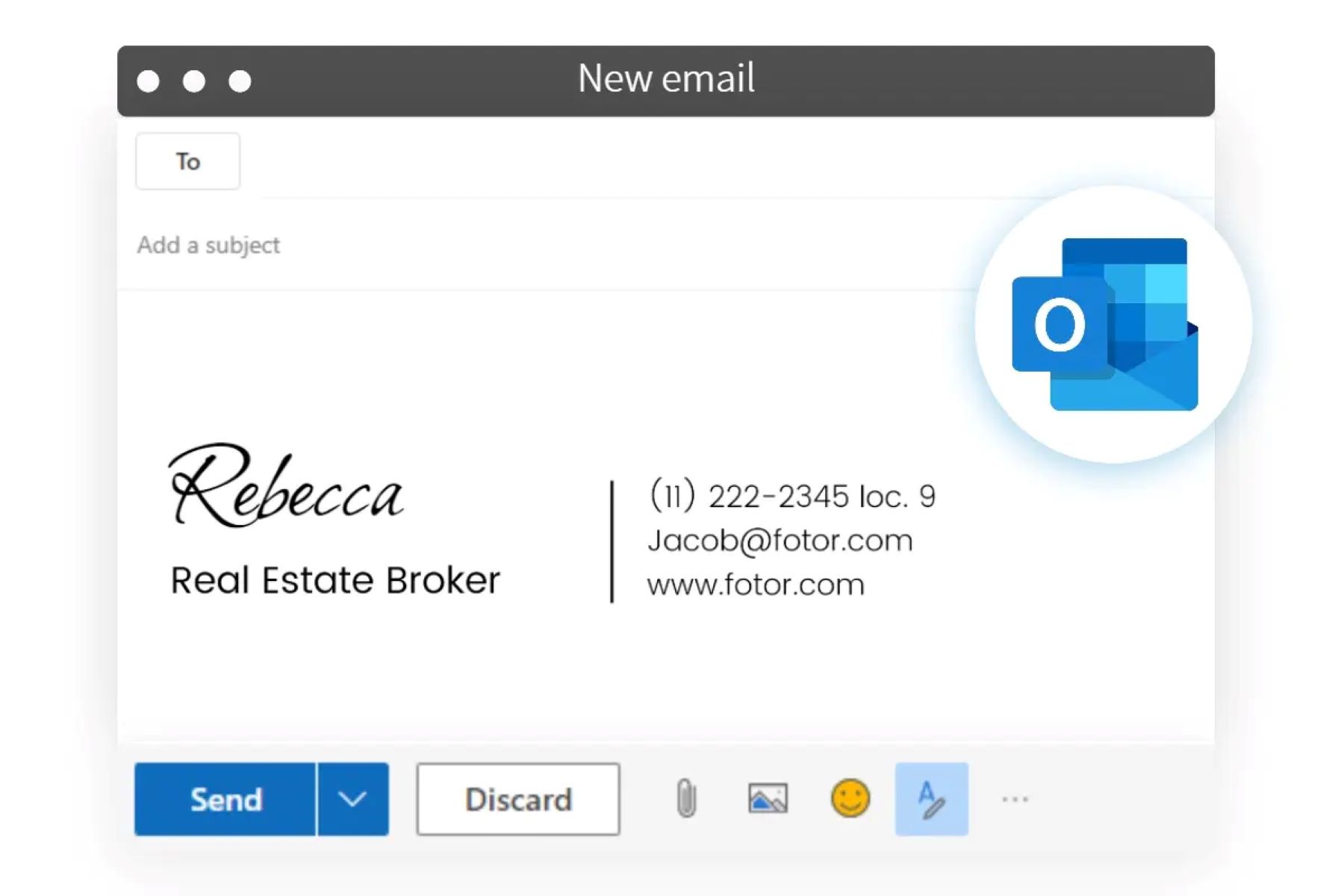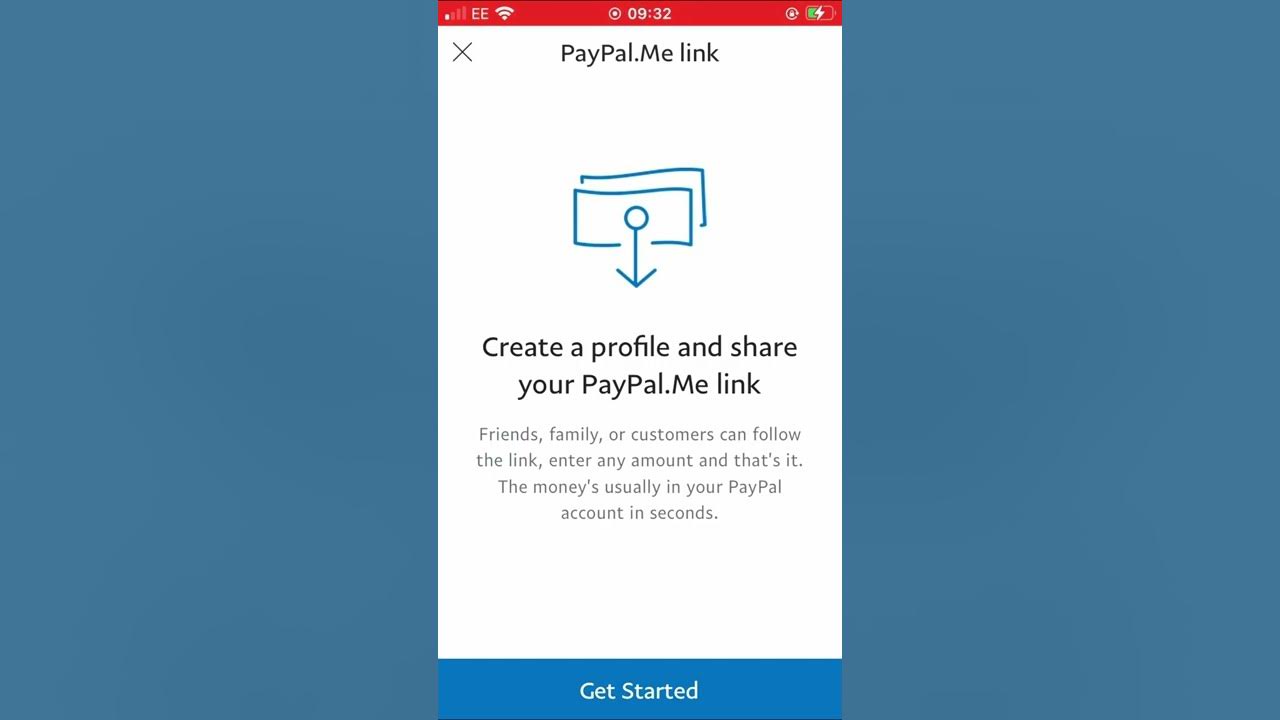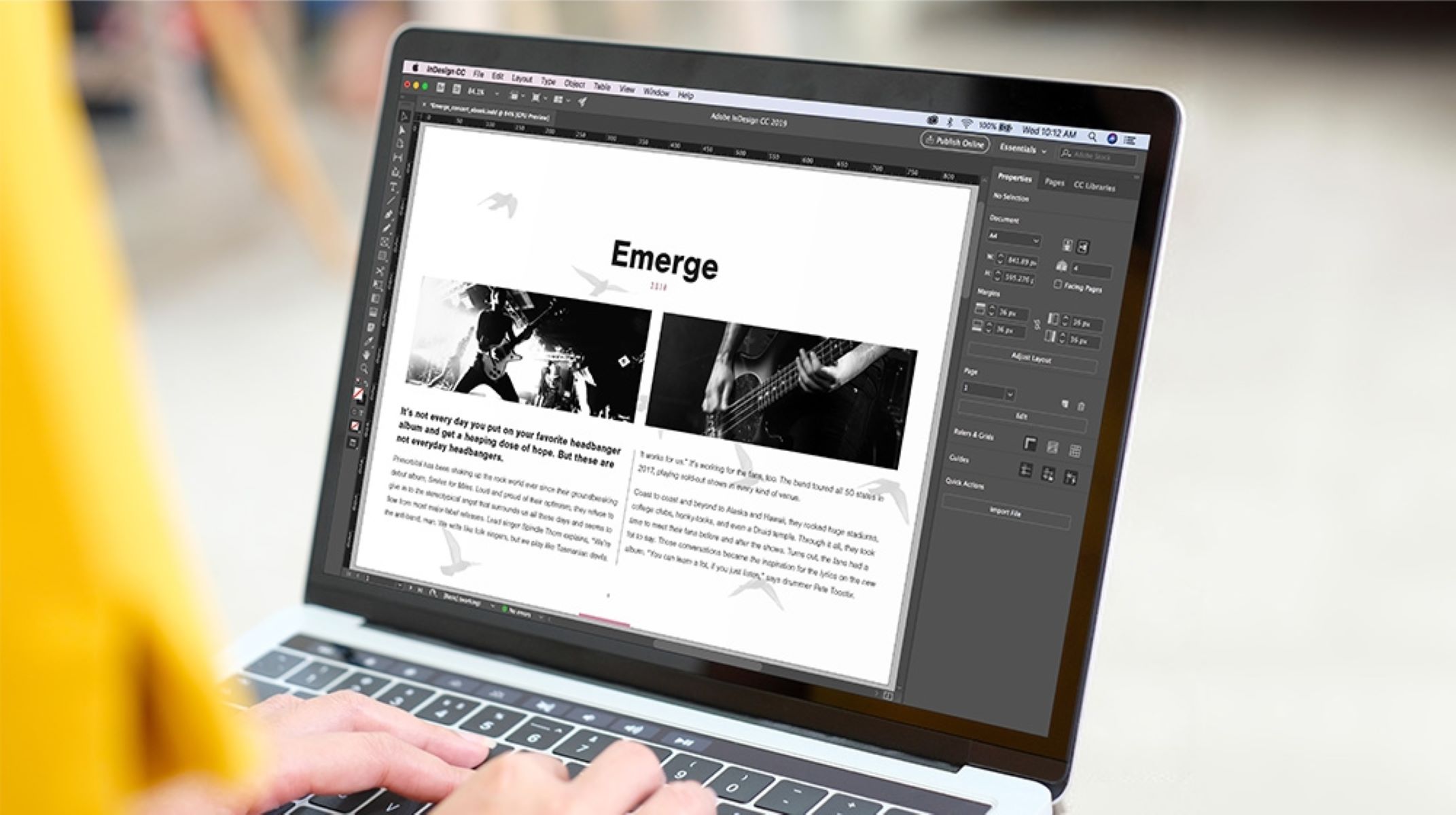Introduction
Hyperlinks play a vital role in the world of digital communication, connecting web pages and allowing users to navigate effortlessly across the internet. Whether you’re sending a business proposal, a newsletter, or a personal email, incorporating hyperlinks can enhance the overall experience for your recipients. In this article, we will explore the basics of creating hyperlinks in emails and provide you with a step-by-step guide to help you master this essential skill.
A hyperlink, also known as a link or a web link, is a clickable element that directs users from one webpage to another. It is typically denoted by underlined text or images, and when clicked, it transports users to a specific URL or web address. Hyperlinks have revolutionized the way we consume information online, enabling seamless navigation between different websites, documents, and even specific sections within a webpage.
So why should you bother using hyperlinks in your emails? The answer is simple: convenience and efficiency. By including hyperlinks, you can streamline the process of sharing information and resources with your recipients. Instead of copying and pasting lengthy URLs or asking recipients to manually search for content, you can provide them with direct access to the relevant webpage or document. This not only saves time but also ensures that the intended information is easily accessible.
Additionally, hyperlinks can significantly enhance the visual appeal of your emails. By adding clickable text or images, you can break up the monotony of plain text and make your email more visually engaging. Moreover, hyperlinks allow you to incorporate call-to-action buttons or banners that can drive traffic to your website, promote special offers, or encourage recipients to take a specific action.
Now that you understand the importance of hyperlinks in emails let’s dive into the practical aspects. In the following sections, we will provide you with a step-by-step guide to creating hyperlinks in emails, along with some tips to help you create effective and enticing links.
What is a hyperlink?
A hyperlink, in simple terms, is a clickable element that connects one webpage to another. It is a fundamental building block of the internet, allowing users to navigate seamlessly between different online resources. Hyperlinks can be text-based or image-based, and when clicked, they direct users to a specific URL or web address.
Hyperlinks are typically indicated by underlined text, and when hovered over, the cursor changes to a hand symbol, indicating that it is clickable. Clicking on a hyperlink instantly transports the user to the linked webpage, providing access to a wealth of information, resources, and interactive experiences.
Hyperlinks are the backbone of the World Wide Web, enabling the interconnectedness and vastness of the internet as we know it today. They allow users to explore various topics, follow educational resources, engage with online communities, shop for products, and much more. Without hyperlinks, the web would be a disconnected series of static pages, limiting the accessibility and interactivity that we have come to rely on.
When creating hyperlinks, it is essential to have a clear understanding of the URL or web address you want to link to. URLs consist of several parts, including the protocol (such as “http://” or “https://”), the domain name of the website, and additional path or resource information if necessary. It is crucial to ensure that the URL is accurate and properly formatted to ensure that the hyperlink functions correctly for your recipients.
There are three types of hyperlinks commonly used: internal links, external links, and anchor links. Internal links direct users to other pages within the same website or domain, making it easy to navigate between different sections and content. External links, on the other hand, lead users to webpages outside of the current website or domain, allowing users to explore information and resources on other sites. Anchor links are used to navigate users to specific sections within a webpage, making it easier to find relevant content within lengthy documents or articles.
Overall, hyperlinks are an indispensable tool for efficient and seamless navigation on the internet. They connect websites, documents, and online resources, making it effortless for users to access information and engage with digital content. By using hyperlinks strategically and accurately, you can provide your email recipients with direct access to valuable resources and enhance their overall experience.
Why use hyperlinks in emails?
Hyperlinks are an essential element to incorporate into your emails for several compelling reasons. By utilizing hyperlinks effectively, you can enhance the functionality and user experience of your email communication. Let’s explore some of the key benefits of using hyperlinks in emails.
1. Easy access to information: Hyperlinks allow you to provide direct access to specific web pages, documents, or resources. Instead of expecting recipients to manually search for information, you can conveniently guide them to the relevant content with a simple click. This saves time and effort, ensuring that your recipients can access the intended information without any hassle.
2. Streamlined communication: By including hyperlinks in your emails, you can communicate more efficiently and concisely. Rather than cluttering your email with lengthy URLs or overwhelming amounts of text, you can provide a clear and concise message along with a clickable link to additional details. This not only makes your email more visually appealing but also allows recipients to focus on the important information without distractions.
3. Enhanced visual appeal: Hyperlinks add visual interest and dynamism to your emails. By incorporating clickable text or images, you can break up the monotony of plain text and create a more engaging email layout. This visual appeal can capture your recipients’ attention, entice them to explore the provided links, and result in a higher click-through rate.
4. Call-to-action possibilities: Hyperlinks enable you to include effective call-to-action (CTA) buttons or banners in your emails. Whether you want recipients to sign up for an event, make a purchase, download a resource, or visit a specific webpage, hyperlinks can drive them to take action with a simple click. CTAs are a powerful tool for email marketing, and by utilizing hyperlinks strategically, you can motivate recipients to engage with your desired actions.
5. Tracking and analytics: When using hyperlinks in emails, you can track and analyze recipient engagement. By utilizing tools like Google Analytics, you can gain insights into click-through rates, conversion rates, and other key metrics. This valuable data allows you to measure the effectiveness of your email campaigns, optimize your hyperlinks, and make data-driven decisions to enhance future email communication.
Overall, hyperlinks are a crucial component of email communication. By leveraging the benefits they offer, you can provide easy access to information, streamline your communication, enhance visual appeal, incorporate effective CTAs, and track recipient engagement. Incorporating hyperlinks effectively in your emails can significantly enhance the user experience and drive desired actions from your recipients.
Step-by-step guide to creating hyperlinks in emails
Creating hyperlinks in emails is a relatively straightforward process that can be done using most email editors or email marketing platforms. Follow the step-by-step guide below to learn how to create hyperlinks in your emails effectively.
Step 1: Select the text or image you want to hyperlink: Start by choosing the text or image that you want to turn into a hyperlink. This can be a word, a phrase, or an image that represents the content you want to link to.
Step 2: Use the hyperlink tool in your email editor: In your email editor, look for the hyperlink tool, often represented by chain link icon or the text “Insert/Edit Link” or “Insert Hyperlink.” Click on this tool to open the hyperlink dialog box.
Step 3: Enter the URL or web address you want to link to: In the hyperlink dialog box, enter the URL or web address you want to link to. It should start with a protocol, such as “http://” or “https://,” followed by the domain name and any additional path or resource information if necessary. Double-check that the URL is accurate and properly formatted.
Step 4: Customize the hyperlink appearance (optional): Depending on your email editor, you may have the option to customize the appearance of the hyperlink. This can include changing the font color, underline style, or adding a tooltip. Take advantage of these customization options to make your hyperlink visually appealing and stand out within your email.
Step 5: Test the hyperlink: Before finalizing your email, it is crucial to test the hyperlink to ensure it functions correctly. Click on the hyperlink within your email editor to verify that it directs you to the desired webpage or resource. Additionally, send a test email to yourself or a colleague and verify that the hyperlink functions as intended in the recipient’s email client.
Following these steps will allow you to create hyperlinks in your emails with ease. Remember to double-check the accuracy of the URLs, customize the appearance of the links if desired, and thoroughly test the hyperlinks to ensure a seamless user experience for your recipients.
Step 1: Select the text or image you want to hyperlink
The first step in creating a hyperlink in your email is to select the specific text or image that you want to make clickable. This can be a word, a phrase, or an image that represents the content you want to link to. By selecting the appropriate text or image, you can provide a clear indication to your recipients that there is a clickable element within your email.
When selecting the text, it’s a good practice to choose words or phrases that are relevant to the content you are linking to. This helps recipients understand what they can expect when they click on the link. For example, if you are linking to an article about “Tips for Effective Email Marketing,” you may want to select the phrase “Email Marketing Tips” as the hyperlink text.
If you prefer to use an image as the clickable element, ensure that the image is visually appealing and relevant to the content being linked. For instance, if you are linking to a product in your email, selecting an image of the product as the hyperlink can help attract attention and entice recipients to click on it.
When selecting the text or image, it’s important to consider the surrounding context. Make sure that the selected element stands out and is easily distinguishable as a hyperlink. This can be achieved by using formatting options like bold or italicized text, a different font color, or an underlined style. For images, you can also add a border or overlay text to indicate that it is clickable.
Remember to select a text or image that is relevant and meaningful in relation to the content you are linking to. It should provide a clear indication of what the recipient can expect when they click on the hyperlink. By selecting the appropriate text or image, you can create a visually appealing and engaging clickable element in your email that encourages recipients to take action and explore the linked content.
Step 2: Use the hyperlink tool in your email editor
Once you have selected the text or image you want to turn into a hyperlink in your email, the next step is to utilize the hyperlink tool in your email editor. The location and appearance of the hyperlink tool may vary depending on the email editor or email marketing platform you are using, but it is typically represented by a chain link icon or labeled as “Insert/Edit Link” or “Insert Hyperlink.”
Locate the hyperlink tool in your email editor and click on it to open the hyperlink dialog box. This dialog box allows you to input the URL or web address you want the hyperlink to direct to.
In some email editors, you may find that the hyperlink tool automatically appears when you have selected the text or image for hyperlinking. Simply right-click on the selected element and choose the option to insert or edit the link.
Once you click on the hyperlink tool, a dialog box will appear where you can enter the URL or web address you want the hyperlink to direct to. It is important to ensure that the URL is accurate and properly formatted to make sure it functions correctly for your recipients.
Some email editors also provide additional options in the hyperlink dialog box. These options may include the ability to open the link in a new tab or window, add a title or tooltip that appears when hovering over the hyperlink, or adjust the link’s formatting.
Take advantage of any available customization options in the hyperlink tool to refine the appearance and behavior of your hyperlink. This can include changing the font color, underline style, or choosing whether the link opens in the same tab or a new tab. Customizing the hyperlink can help make it more visually appealing and improve the user experience for your recipients.
Once you have filled in the necessary details in the hyperlink dialog box and made any desired customizations, click on the “OK” or “Insert” button to finalize the creation of your hyperlink. The selected text or image will now become a clickable element within your email, ready to direct recipients to the desired URL or web address when clicked.
Using the hyperlink tool in your email editor enables you to seamlessly incorporate hyperlinks into your email content. It simplifies the process while providing options to customize the appearance and behavior of your hyperlinks, allowing you to create a professional and engaging email communication experience for your recipients.
Step 3: Enter the URL or web address you want to link to
After selecting the text or image you want to hyperlink and using the hyperlink tool in your email editor, the next step is to enter the URL or web address you want the hyperlink to direct to. This step is crucial because it determines where the recipient will be taken when they click on the hyperlink.
In the hyperlink dialog box provided by your email editor, you will find a field where you can enter the URL or web address. It is essential to ensure that the URL is accurate and properly formatted. Here are some tips to follow when entering the URL:
1. Protocol: The URL should start with the appropriate protocol, such as “http://” or “https://”. This specifies the way the webpage will be delivered to the user’s browser securely (in the case of “https://”) or non-securely (in the case of “http://”).
2. Domain name: Enter the domain name of the website you want to link to. For example, “www.example.com” is the domain name of the website “Example”. Ensure that you have the correct spelling and punctuation in the domain name.
3. Additional path or resource: If necessary, you can include additional path or resource information in the URL. This helps to link directly to a specific page or file within the website. For example, “www.example.com/about-us” would link to the “About Us” page of the website.
Pay attention to ensure that there are no extra spaces or characters in the URL. Even a minor mistake in the URL can result in a broken or non-functioning hyperlink.
Apart from entering the URL directly, some email editors also provide the option to browse and select the webpage or file you want to link to. This can be useful when you want to link to a document or image that is stored in your email editor’s media library or file manager.
Once you have entered or selected the URL, review it carefully to ensure its accuracy. It’s a good practice to click on the preview or test button provided by your email editor to verify that the hyperlink directs to the intended webpage or resource.
By accurately entering the URL or web address, you ensure that the hyperlinks in your emails function correctly and provide recipients with easy access to the desired information or resource. Attention to detail in this step will help enhance the user experience and credibility of your email communication.
Step 4: Customize the hyperlink appearance (optional)
Customizing the appearance of your hyperlinks can help make them more visually appealing and engaging to your email recipients. While this step is optional, it can enhance the overall design and user experience of your emails. Many email editors provide options to customize the hyperlink appearance, allowing you to tailor it to your specific branding or style preferences.
Here are some customization options you may find in your email editor’s hyperlink tool:
1. Font color: Change the color of the hyperlink text to make it stand out within your email. You can select a color that aligns with your brand or use a contrasting color to make it more noticeable. Experiment with different color options to find the one that best suits your email’s overall design.
2. Underline style: Customize the visual representation of the hyperlink by modifying the underline style. You can choose between a single underline, a dashed line, a dotted line, or even remove the underline altogether. This allows you to create a unique visual effect for your hyperlinks.
3. Tooltip: Add a tooltip that appears when recipients hover over the hyperlink. Tooltips provide additional information or a brief description of the content they will access by clicking the hyperlink. This can be helpful in providing context and enticing recipients to click on the link.
4. Font style: Some email editors may allow you to change the font style of the hyperlink text. This can include options such as bold, italic, or small caps. Adjusting the font style can help highlight the hyperlink and make it more noticeable within the email content.
5. Link behavior: In some cases, you may have the option to customize the behavior of the hyperlink, such as whether it opens in the same tab or a new tab. Consider the user experience and the nature of the content you are linking to when deciding on the link behavior.
While it’s important to customize the hyperlink appearance to align with your brand and design preferences, it’s equally important to maintain consistency and ensure the hyperlinks complement the overall look and feel of your email. Avoid making the link appearance too distracting or overwhelming, as it may overshadow the rest of your email content.
Take advantage of the available customization options in your email editor’s hyperlink tool to create visually appealing and standout hyperlinks that capture the attention of your recipients. Remember to strike a balance between customization and maintaining a cohesive email design that effectively communicates your message.
Step 5: Test the hyperlink
Before finalizing your email, it is crucial to thoroughly test the hyperlink to ensure that it functions correctly for your recipients. Testing the hyperlink ensures that when recipients click on it, they are directed to the intended webpage or resource. Following this step helps avoid any potential issues or frustrations for your email recipients.
Here are a few key steps to follow when testing the hyperlink in your email:
1. Click within the email editor: First, test the hyperlink within your email editor by clicking on it. This allows you to quickly verify that it is active and redirects you to the appropriate webpage or resource. Ensure that the linked page or resource opens correctly and that there are no error messages or unexpected behavior.
2. Send a test email: After testing the hyperlink within the email editor, send a test email to yourself or a colleague. Open the email in different email clients or browsers to see how the hyperlink performs. Check if it takes you to the correct webpage or resource and ensure that it works consistently across various email platforms.
3. Test on different devices: It’s important to test the hyperlink on different devices, including desktop computers, laptops, tablets, and mobile phones. This ensures that the hyperlink functions properly and displays correctly on different screen sizes and resolutions.
4. Verify the link destination: Double-check the destination of the hyperlink to ensure that it takes recipients to the intended webpage or resource. Check for any potential typos or mistakes in the URL that might redirect recipients to the wrong location or result in a broken link.
By thoroughly testing the hyperlink in your email, you can identify and address any issues or errors before sending it to your recipients. This helps you provide a seamless user experience and ensures that the hyperlink directs recipients to the correct destination without any disruptions.
Once you have completed the testing process and are satisfied that the hyperlink functions as intended, you are ready to finalize your email and send it out to your recipients. Regularly testing hyperlinks in your emails is good practice to maintain a high level of professionalism and ensure a positive user experience for your audience.
Tips for creating effective hyperlinks in emails
Creating effective hyperlinks in emails is essential to grab the attention of your recipients and encourage them to click. Here are some valuable tips to consider when crafting hyperlinks in your emails:
1. Use actionable and descriptive anchor text: Instead of using generic phrases like “click here,” use descriptive and action-oriented text as your anchor. For example, rather than saying “Click here for more information,” you can write “Explore our latest blog post about email marketing tips.”
2. Keep it concise: Keep your hyperlink text concise and to the point. Long or ambiguous anchor text can confuse the reader and make the purpose of the link unclear. Make sure your hyperlink text accurately reflects the content it leads to.
3. Position your hyperlinks strategically: Place hyperlinks at appropriate and logical positions within your email. If you have multiple hyperlinks in your email, ensure they are evenly spaced and not clustered together. This will make it easier for recipients to navigate and interact with your content.
4. Ensure hyperlink visibility: Make sure your hyperlinks stand out visually by using different color, font style, or underlining. The goal is to make hyperlinks easily distinguishable from the surrounding text and images for improved click rates.
5. Consider mobile responsiveness: With the increasing use of mobile devices, ensure your hyperlinks are mobile-friendly. Make them easy to tap on smaller screens and ensure they don’t get lost or appear crowded in mobile email clients.
6. Test your hyperlinks regularly: Regularly test your hyperlinks to ensure they are functioning correctly. Hyperlinks can become broken or lead to outdated content over time, especially if the linked page or resource is frequently updated. Regular testing helps avoid potential frustration for your recipients.
7. Provide accessibility: Make your hyperlinks accessible to all recipients, including those using screen readers. Ensure that the hyperlink text is descriptive enough to convey the purpose of the link if viewed out of context.
8. Include relevant alt text for images: If you are using images as hyperlinks, include relevant alternative text (alt text) that conveys the purpose of the link. Alt text provides a text description of the image in case it doesn’t load or for recipients using screen readers.
9. Regularly review and update hyperlinks: Periodically review your emails and update hyperlinks that have become outdated. This helps maintain a positive user experience and ensures recipients have access to accurate and relevant information.
By following these tips, you can create effective hyperlinks in your emails that engage your recipients and drive them to take action. Incorporating these strategies will help improve click-through rates, enhance user experience, and ultimately, achieve your desired goals with your email marketing efforts.
Conclusion
Incorporating hyperlinks into your emails is a powerful way to enhance communication, provide easy access to information, and drive engagement with your recipients. By following a step-by-step guide, you can create hyperlinks seamlessly in your emails, allowing recipients to explore relevant content with just a click.
Understanding the basics of hyperlinks and their importance in email communication is essential. Hyperlinks save time by providing direct access to information, streamline communication by condensing and organizing content, and enhance the overall visual appeal of your emails. Additionally, hyperlinks enable you to include enticing call-to-action buttons or banners that drive recipients to take specific actions.
Remember to select the appropriate text or image to hyperlink, use the hyperlink tool in your email editor, enter the URL or web address accurately, customize the hyperlink appearance when applicable, and thoroughly test the hyperlink before finalizing your email.
To create effective hyperlinks, make use of actionable and descriptive anchor text, keep hyperlinks concise, strategically position hyperlinks within your email, ensure hyperlink visibility, consider mobile responsiveness, regularly test hyperlinks, provide accessibility, include relevant alt text for images, and review and update hyperlinks periodically.
By implementing these tips, you can create engaging emails that provide value to your recipients and encourage them to interact with your content. Stay mindful of the user experience and continuously improve your email marketing efforts by analyzing the performance of your hyperlinks and optimizing them based on recipient engagement.
Now that you have learned how to create and optimize hyperlinks in emails, you can leverage this knowledge to enhance your email communication strategy. Incorporate hyperlinks effectively, and you will pave the way for better engagement, increased click-through rates, and a more successful email marketing campaign.

























